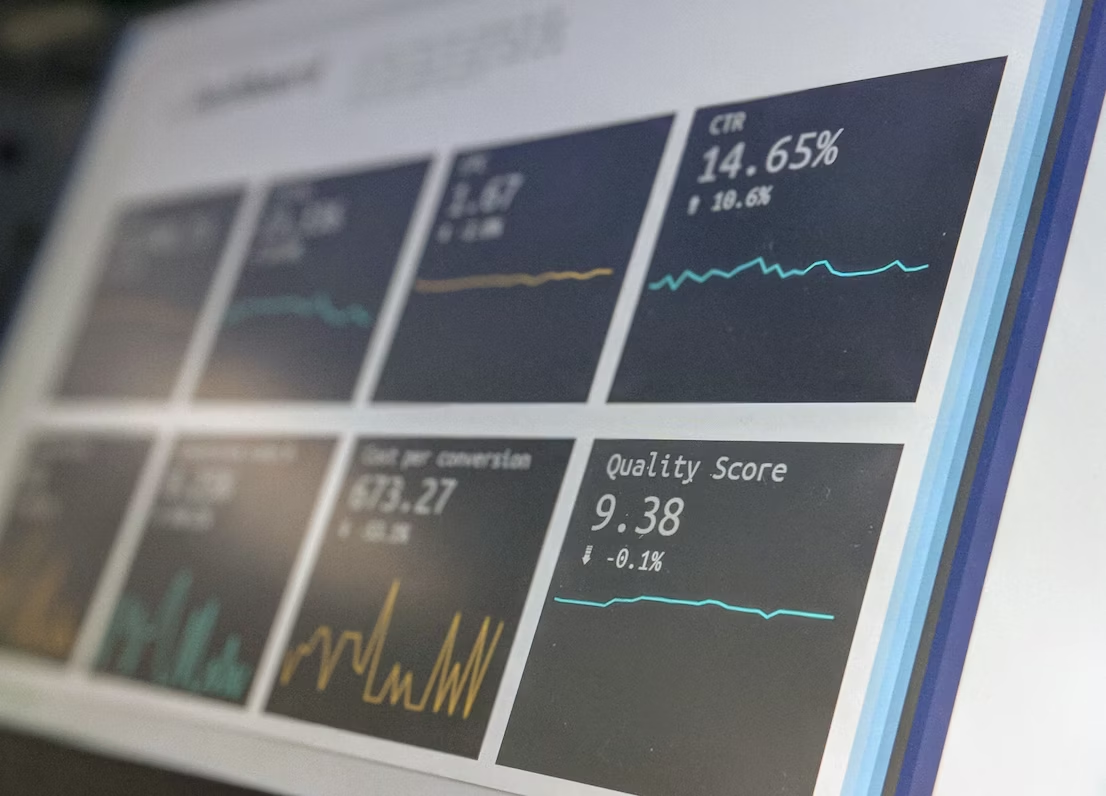The Versatility of Surtitles in Multilingual Performances
The beauty of surtitles is that they can be projected in any language imaginable. Only obstacles could be dictated by limitation of technology used for creating and translating; and cost of translation. Whether you're staging a play in French, Spanish, Chinese, or even a lesser-known language, surtitles can be created and edited to match the dialogue of your performance.
The Mechanics of Surtitling: Transcription and Synchronization
The process of creating surtitles involves transcribing the dialogue into the desired language and syncing it with the performance. This can be done using various software and tools specifically designed for surtitling. With these tools, you can easily adjust the timing and placement of the text on the screen to ensure it aligns perfectly with the spoken words on stage.
Captitles offers a solution for creating unlimited translations of your surtitles. You can display up to three languages on a single screen. Additionally, we provide AI-based translations for your captions. Try it out.
Bridging Language Gaps and Enhancing Audience Engagement
In conclusion, surtitles offer a quick and efficient way to project translations in any language. They allow you to break down language barriers and connect with a diverse audience. So, whether you're planning an international production or simply want to make your performance more accessible to non-native speakers, surtitles are a valuable tool to consider. By creating and editing surtitles that align seamlessly with the dialogue, you can enhance the overall experience for your audience and ensure they can fully engage with your performance regardless of their language proficiency.









